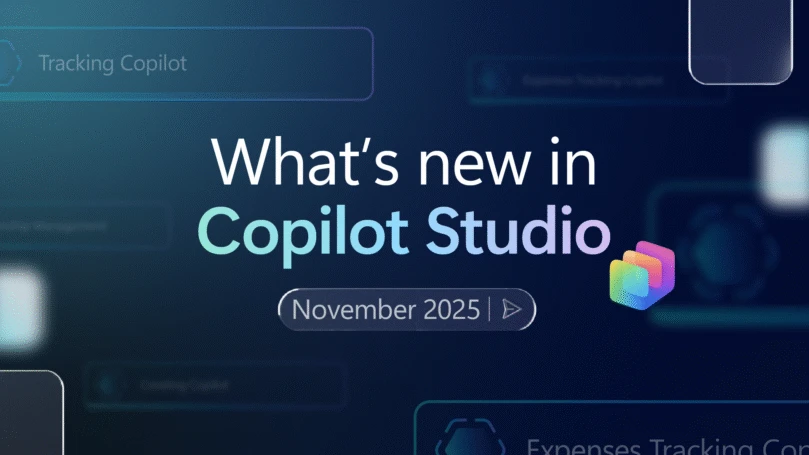Knowledge workers today are challenged, to say the least. There’s too much information, the information is in many places, and it’s hurling at us with unbelievable speeds. We lose a lot of time searching information; in fact, according to the IDC “Hidden Costs of Information Work in the Enterprise” study, an average knowledge worker loses 6.2 hours each week looking for information and not finding it. These are the hours employees could spend doing actual work or updating their skills, and executives could make decisions that much faster!
Curiously, there seem to be two opposite forces at odds with each other. On the one hand, there’s the hyper-growth in volume of information, and on the other hand there’s the need to wade through this information quickly in a world that moves faster and faster every day. Let’s take a closer look at these two movements and see if we can figure out next steps.
Today’s business world is nothing like it was 10 years ago — even 2 years ago! Today’s marketplace moves faster than ever before, and as businesses we must become more connected in order to work with these shrinking lead times:
- The Social Customer is empowered, educated, hyper-connected and ready to join hands and form a groundswell in a matter of days.
- Employees can now become accidental spokespeople for their company, as social shrinks the distance between Customer and Company. If they are in a position to represent the company, they need to be able to get answers quickly.
- Employees are requiring their workplaces to be more social, and a recent Fast Company article points to how connectedness trumps salary among young workers. To retain the best talent, companies need to become more connected.
- There’s more innovation today than ever before, and the pace of innovation is only speeding up. Cloud computing and developments in enterprise mobility have enabled truly global collaboration helps assemble the resources that you need quickly. This has really lowered many competitive barriers, leveling the playing field between small startups and large corporations alike. The good news is that you can now innovate faster. The bad news is that your competitors can now innovate faster also.
Feeling the pressures from customers, employees and competitors, businesses must adapt and evolve to become more social, collaborative and connected. However, most businesses and knowledge workers today still face the following roadblocks to finding the right information at the right time.
Silos: Decades brought on by the Industrial Revolution have left us with extremely siloed organizations. Silos were established to properly flow information down the reporting hierarchy. If you wanted everyone in a department to know something, you’d have to run it through the department head, who would in turn disseminate it downwards. This originated from necessity, but doesn’t work anymore, as everyone has access to information that travels at the speed of social.
There’s more information than ever before: The amount of information created by the world’s population has been growing at a dizzying speed, and it’s projected to grow 50X over the next decade, per a study by IDC. We are buried in info as consumers and as employees, and it’s getting increasingly more difficult to locate signal among noise. According to Twitter, it took 3 years, 2 months and 1 day to amass one billion tweets, and now it sends a billion tweets weekly. Now, the service handles a billion tweets every week. More activity per network is only half the story though — there are also more and more services sprouting up all over the place.
Business data is trapped: What do you get when you add business silos to the skyrocketing data growth? You get incredible amounts of data trapped in siloed business systems.
So where do we go from here?
Embrace discovery: It’s no longer enough to know your functional area well; you now need to know what’s going on at the periphery of your network to be effective at your job. While before you got everything you needed from search, now you need to proactively set yourself up to discover useful information from inside and outside of your immediate networks. Tune into the signals beyond your immediate department at work; explore the the larger company network and your personal networks. You may learn a few things in unexpected places that can help you in your professional endeavors.
Be deliberate about your content: As information producers, we have to be deliberate about the information we put out there. Because we inhabit social networks with other people — i.e. you share your Yammer network with your colleagues — we have to be cognizant of etiquette and create information with the end goal of it being found. When you state that as the goal, you think about your content differently.
Create environments where discovery is possible: As organizations, we have to commit to creating environments where sharing is allowed to happen and serendipity can flourish. We strongly believe in this, which is why we have created Yammer. Look for some exciting developments from us this week, driven by the mission of connecting people, conversations and business data.
photo credit: jeffrey_golden



